
End-to-End Autonomous Planning & Analytics
Unilever – Fortune 100 Global CPG
Managing all their supply chain planning data on a single platform, they achieved real-time visibility & agility for faster decision-making

Effective supply chain planning starts with a reliable demand forecast. Although by itself it is not actionable, the accuracy and the integration to other functions have a huge impact on the business results. With Solvoyo’s collaborative platform, you will empower all the stakeholders – from CEO to sales reps – in your demand planning process, sense the demand shifts in the market, review AI-driven actionable insights by combining internal and external data, and take actions to reach your targets.





"Demand planning is both art and science. Until we collaborated with Solvoyo, we managed our demand planning process as a form of art, relying only on individual intuition backed up by the primitive science of spreadsheets. Now, we are finally in a position to make real-time decisions fed by all sorts of data."

Unilever – Fortune 100 Global CPG
Managing all their supply chain planning data on a single platform, they achieved real-time visibility & agility for faster decision-making
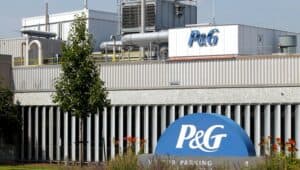
P&G – Fortune 100 Global CPG
The Global CPG company uses a single digital platform to maintain global demand, inventory and supply visibility

Hepsiburada – E-Commerce Retailer
Hepsiburada automated their approach to detect slow moving inventory and optimize price actions to meet budget targets
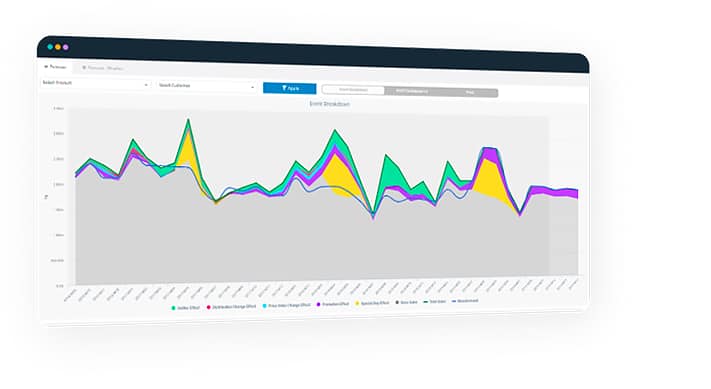
Whether for operational or financial purposes, you gain value by accommodating not only historical sales, order, inventory, and fulfillment records but also big data in real-time such as distributor data, point-of-sales, weather data, external market benchmark data, financial targets, links to social media data, and sentiment analysis.
Take your forecast accuracy to the next level with Solvoyo’s demand forecasting, powered by advanced machine learning capabilities.
Demand forecasting alone is not enough to make the right decisions. The best demand plan receives input from all stakeholders and empowers them with data and insights.
On a single platform with one version of the truth, you can involve cross-functional teams such as sales, marketing, finance, operations, and supply chain to create a more realistic demand plan that balances business targets against customer needs while minimizing risks.
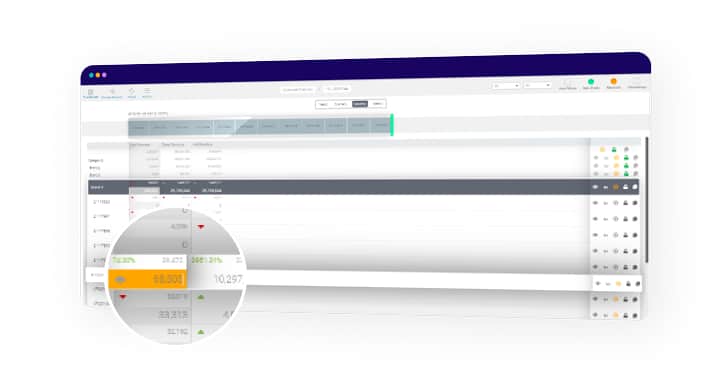
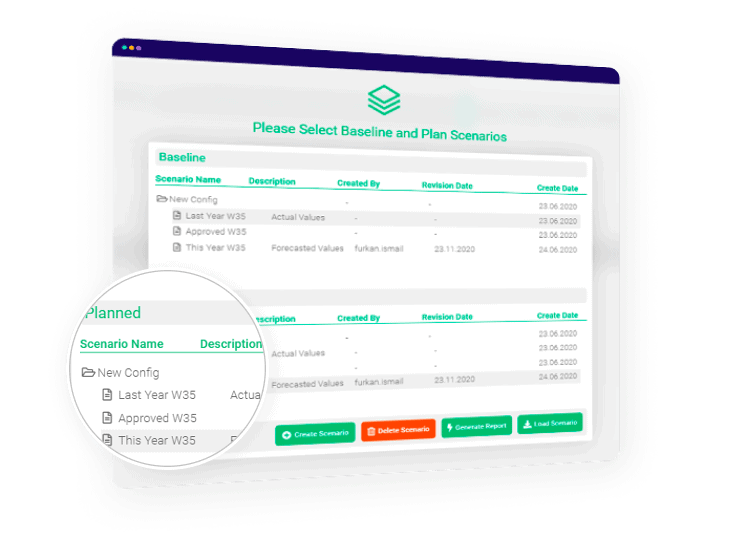
Competitor moves, consumer preferences, weather, and pandemics… There are so many external factors shifting demand, creating complex forecasting and demand planning processes.
With Solvoyo, you can leverage what-if capabilities on top of forecast generation and a collaborative environment to evaluate scenarios incorporating internal and external events. In seconds, you can assess the impact of price adjustments, marketing activities, sales incentives, and product portfolio adjustments, comparing them with budget or approved base scenarios.
When there is a latency between the consumer demand signal and supply chain actions, classical forecasting methods are woefully inadequate in sensing the demand and reflecting it in forecasts.
Translate data from disparate sources to improve the speed and quality of your short-term demand-shaping actions in response to internal and external events with Solvo Demand Sensing. For CPG companies, this means learning from sales data across retail channels. For retailers, it involves gaining insights from increasing store traffic, website visits, and click rates, helping you respond more effectively to shifting demands.
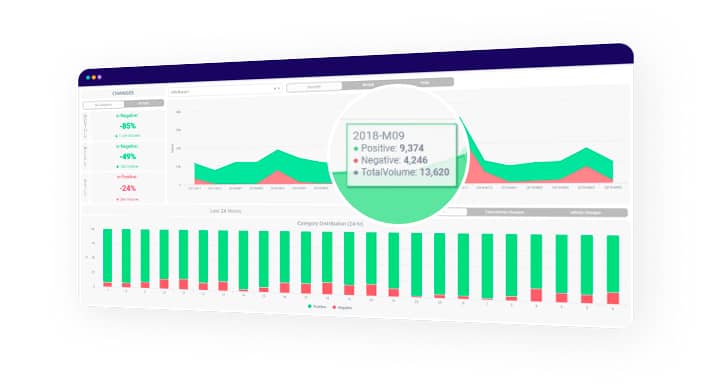
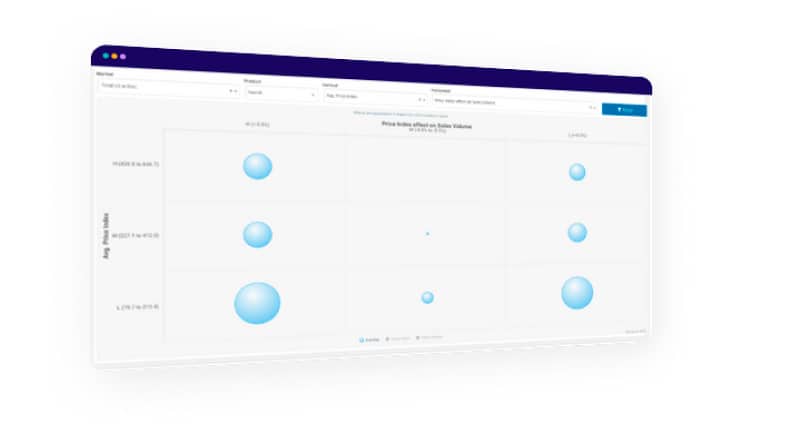
Understanding the level of influence of the demand drivers, such as discounts, promotional offers, website placement, or in-store displays, empowers better decision-making when shaping demand.
In addition to using these demand drivers in forecasting, gain insights on how different product segments or channels respond to changes in these demand drivers using the Solvoyo Analytics and Planning platform. Having insights on which products are more sensitive to promotions or changes in the price index about the competition facilitates faster and smarter decisions when it comes to taking demand-shaping actions.
Insights from the demand-driver analysis are also used in predictive and prescriptive models such as Promotions Planning and Gap Closure to take action on under-performing categories or slow-moving SKUs.


Subscribe to our newsletter to keep up with what’s next in retail planning.
77 Franklin Street
Boston, MA 02110
+1 617 642 1338
Istanbul Technical University
ARI2 Teknokent
B1-3, 34467
Maslak, Istanbul
+90 212 286 6061
–
Kolektif House 1071 Ankara
Çankaya, Ankara
–
Logothetidi 34, 11524
Attiki, Athens